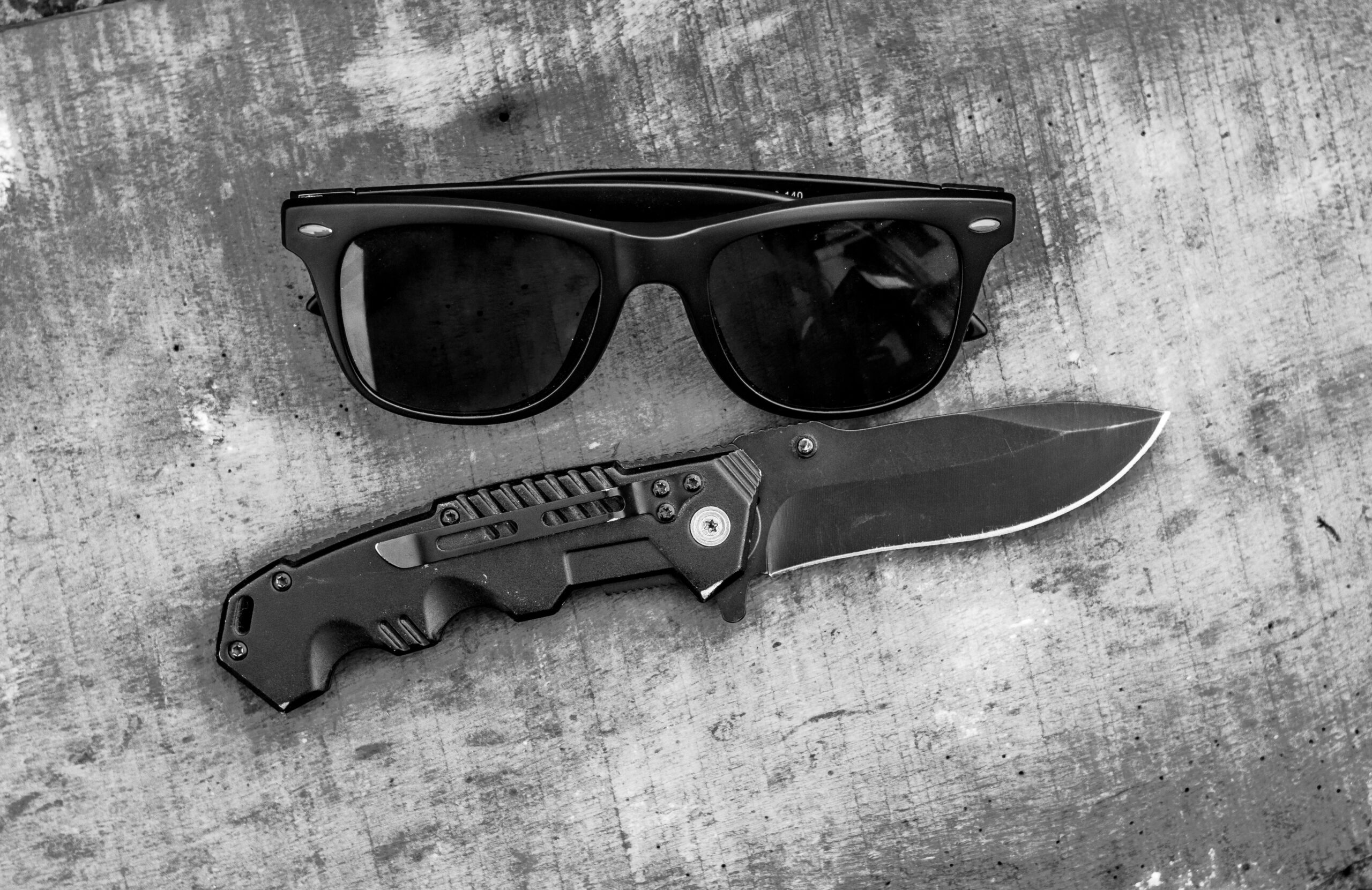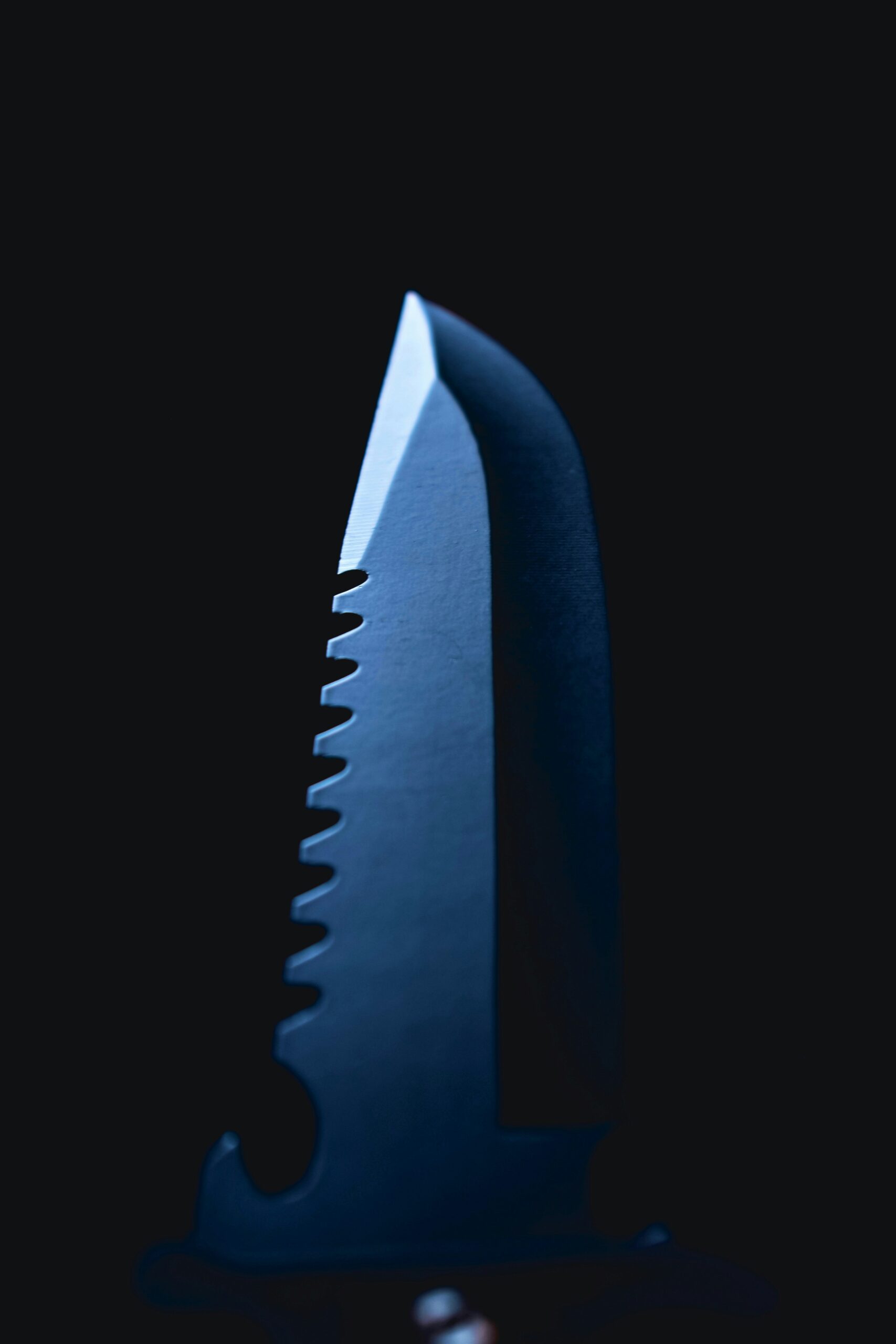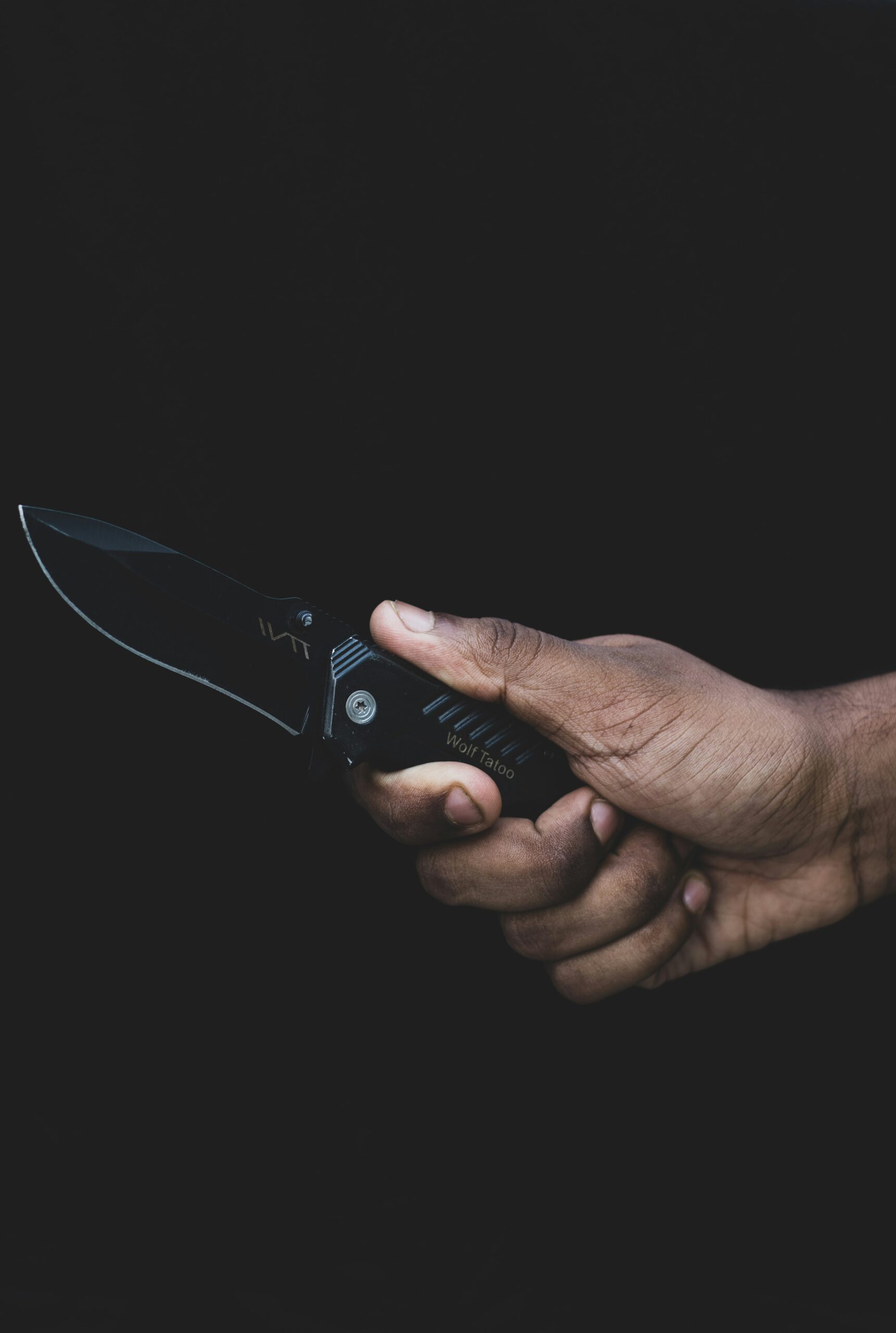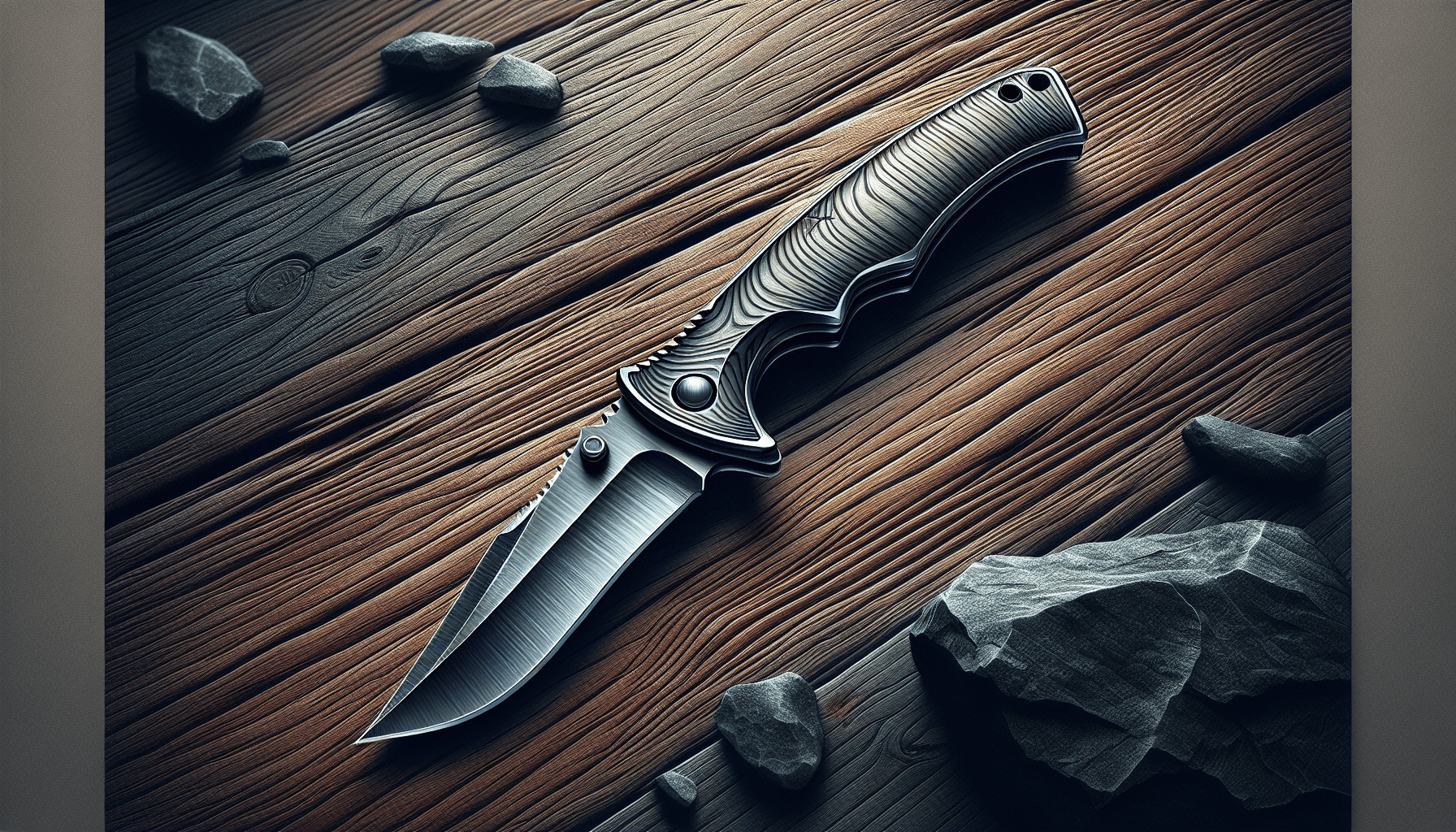Deciding between a full tang or partial tang survival knife can make a significant difference in your outdoor adventures. In this guide, you’ll discover the key features, benefits, and potential drawbacks of both types, helping you make an informed decision. Whether you’re an avid camper, hiker, or prepper, understanding these differences will equip you with the knowledge to choose the right knife for your needs, ensuring reliability and effectiveness in high-pressure situations. Get ready to enhance your survival skills with the perfect knife by your side! Have you ever found yourself wondering, “Should I choose a full tang or partial tang survival knife?” If so, you’re not alone. The decision between a full tang and a partial tang survival knife can be a bit overwhelming, especially for those new to the world of outdoor adventures. Fear not! We’re here to guide you through the ins and outs of both options so you can make an informed choice.
Understanding Knife Tang
Before diving into the differences between full tang and partial tang knives, it’s essential to understand what “tang” actually means. The tang is the part of the blade that extends into the handle. The type of tang can influence the knife’s durability, strength, and overall performance.
What is a Full Tang?
A full tang knife features a blade that extends the entire length of the handle. In other words, the metal of the blade runs from the tip to the butt of the knife. Full tangs often expose the blade’s metal along the edges of the handle, providing increased durability and balance.
Advantages of Full Tang
- Strength and Durability: The continuity of the metal makes the knife strong and less likely to break under pressure.
- Balance: Full tang knives tend to be better balanced since the weight is evenly distributed.
- Versatility: They can handle various tough tasks such as chopping, batoning, and prying.
Disadvantages of Full Tang
- Weight: Full tang knives can be heavier, which might be a drawback if you’re trying to minimize pack weight.
- Cost: Generally, full tang knives are more expensive due to the additional materials and craftsmanship involved.
What is a Partial Tang?
A partial tang knife has a blade that extends only partway into the handle. There are different types of partial tangs, such as half tang, stub tang, and rat-tail tang, each extending varying lengths and shapes into the handle.
Advantages of Partial Tang
- Lighter Weight: Partial tang knives are generally lighter, which can be advantageous for those preferring a lightweight kit.
- Cost: They are often more affordable due to less metal being used.
Disadvantages of Partial Tang
- Strength and Durability: Partial tang knives are more likely to break under stress, making them less reliable in demanding situations.
- Balance: These knives often have uneven weight distribution, potentially making them harder to use for precise tasks.
Situational Suitability
Your choice between a full tang and partial tang knife should align with how you plan to use it. Let’s explore various scenarios where each type may excel or falter.
Survival and Bushcraft Tasks
Survival and bushcraft often demand intensive use of your knife. Tasks like chopping wood, building shelters, and hunting require a knife that can withstand significant wear and tear.
| Criteria | Full Tang | Partial Tang |
|---|---|---|
| Task Variety | Excellent for diverse tasks | Limited in heavy-duty tasks |
| Durability | Long-lasting and sturdy | Potential to fail under stress |
| Reliability | High reliability | Lower reliability |
Given the demands of survival and bushcraft tasks, a full tang knife is generally the better option.
Everyday Carry (EDC) and Light Tasks
For casual use, like opening packages, preparing snacks, or light outdoor activities, the demands on your knife are considerably lower. The lightweight nature of partial tang knives can be a benefit in these instances.
| Criteria | Full Tang | Partial Tang |
|---|---|---|
| Task Variety | Overkill | Suitable for light tasks |
| Durability | Lasts long | Adequate for light use |
| Portability | Heavier | Lightweight and easy to carry |
For EDC and light tasks, a partial tang knife can be perfectly suitable and more convenient to carry.

Material Matters
When choosing a survival knife, the blade material is another crucial factor influencing performance.
Common Blade Materials
- Stainless Steel: Known for its corrosion resistance and ease of maintenance.
- Carbon Steel: Offers excellent edge retention and sharpness but is prone to rust.
- High Carbon Stainless Steel: Combines the best of both worlds by providing good edge retention and rust resistance.
Handle Materials
The material of the handle can also affect the overall performance of your knife.
- Micarta: Durable, water-resistant, and provides a good grip.
- G-10: High-strength fiberglass laminate, lightweight and offers excellent grip.
- Wood: Offers a classic look but may not be as durable or water-resistant as synthetic materials.
Blade Material Comparison Table
| Material | Stainless Steel | Carbon Steel | High Carbon Stainless Steel |
|---|---|---|---|
| Corrosion Resistance | High | Low | Medium |
| Edge Retention | Good | Excellent | Very Good |
| Ease of Sharpening | Moderate | High | Moderate |
Blade Design and Shape
The shape and design of the blade also play a significant role in determining its effectiveness for various tasks.
Drop Point
Feature: A convex curve towards the point.
- Best For: General use, including slicing and piercing tasks.
- Tang Suitability: Both full and partial tang.
Clip Point
Feature: Concave clip towards the point.
- Best For: Detailed cutting work.
- Tang Suitability: Generally full tang to strengthen the fine point.
Tanto
Feature: Strong tip with two straight edges.
- Best For: Piercing hard materials.
- Tang Suitability: Almost exclusively full tang for added strength.
Blade Design Comparison Table
| Blade Design | Drop Point | Clip Point | Tanto |
|---|---|---|---|
| Task Suitability | Versatile for many tasks | Good for precision and intricate work | Strong, ideal for piercing |
| Durability | Reliable with both tang types | Better with full tang due to fine tip | Best with full tang |
| Ease of Use | Easy to control | Requires more skill | Specialized, not always versatile |

Handle Ergonomics
The ergonomics of the handle can significantly influence your comfort and efficiency when using the knife. Look for handles that fit comfortably in your hand and offer a secure grip.
Factors to Consider for Handle Comfort
- Grip Texture: Choose a handle with a texture that prevents slipping, especially when wet.
- Shape and Contour: Handles that mimic the natural curve of your hand can greatly enhance comfort.
- Size: Ensure the handle size fits your hand. Too large or too small handles can cause discomfort.
Tang Type and Handle Ergonomics
- Full Tang: Often features a more contoured grip as the handle materials are affixed to the tang, offering better ergonomics.
- Partial Tang: May be limited in ergonomic design, as the handle may be hollow or less contoured to accommodate the blade.
Maintenance and Care
Taking care of your survival knife is critical for longevity and performance, regardless of whether it’s a full tang or partial tang.
Full Tang Maintenance
- Cleaning: Clean thoroughly, especially near the handle scales where dirt can accumulate.
- Sharpening: Use sharpening stones or professional services to maintain the blade’s edge.
- Storage: Store in a dry, cool place to prevent rust, especially for carbon steel blades.
Partial Tang Maintenance
- Cleaning: Ensure the areas where the blade meets the handle remains dry to prevent rust and weakening.
- Sharpening: Regularly sharpen your blade to maintain edge integrity.
- Storage: Similar to full tang, keep it in a dry, cool place.
Maintenance Comparison Table
| Maintenance Type | Full Tang | Partial Tang |
|---|---|---|
| Cleaning | Easy but be meticulous | Similar but handle areas need attention |
| Sharpening | Fairly straightforward | Sharpen carefully to avoid weakening blade |
| Rust Prevention | Depending on material, may need oiling | Critical due to potential interior rust |

Cost and Value
While not the only factor, cost can play a significant role in your decision-making process.
Full Tang Cost
Full tang knives tend to be more expensive due to the extra material and craftsmanship involved in their construction. However, this investment often results in greater durability and reliability.
Partial Tang Cost
Partial tang knives are generally more affordable. They offer a cost-effective solution for lighter tasks and everyday use, making them a good option for those on a budget.
Cost Comparison Table
| Tang Type | Average Cost Range | Typical Use Case |
|---|---|---|
| Full Tang | $50 – $300+ | Heavy-duty, survival, and bushcraft |
| Partial Tang | $20 – $100 | Light tasks, everyday carry, budget-conscious users |
Making the Decision
Ultimately, the choice between a full tang and partial tang survival knife boils down to your specific needs and preferences.
When to Choose Full Tang
- Intensive Use: If you plan on using your knife for heavy-duty tasks like chopping, prying, or batoning, a full tang knife is your best bet.
- Durability and Reliability: For long-term durability and reliability, especially in survival situations, a full tang knife is superior.
When to Choose Partial Tang
- Light Tasks: For lighter, everyday tasks, a partial tang knife will serve you well.
- Budget: If budget constraints are a concern, a partial tang knife offers good functionality at a lower cost.
- Weight Consideration: If you prioritize a lightweight kit, a partial tang knife might be more convenient.

Conclusion
Deciding between a full tang or partial tang survival knife can be simplified when you know what to look for and what your specific needs are. A full tang knife offers unparalleled strength, durability, and reliability, making it an excellent choice for survival and bushcraft tasks. On the other hand, a partial tang knife can be a budget-friendly, lightweight option for everyday use and light tasks.
Remember, the best knife is the one that suits your unique needs and feels right in your hand. Happy adventuring!

